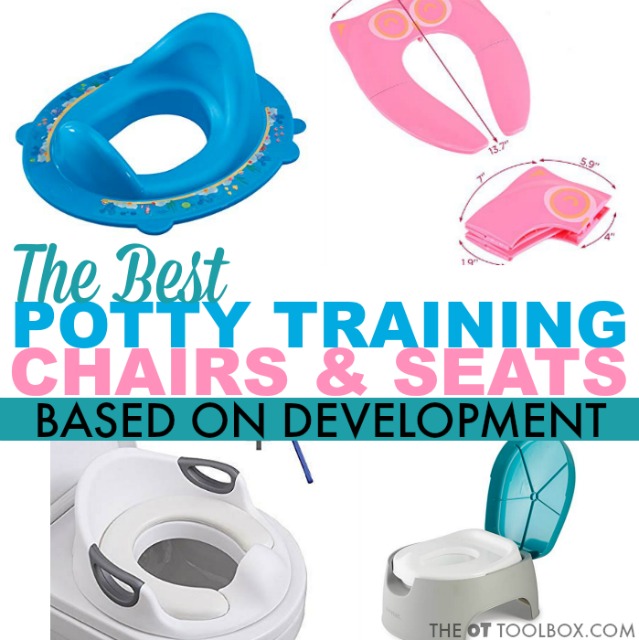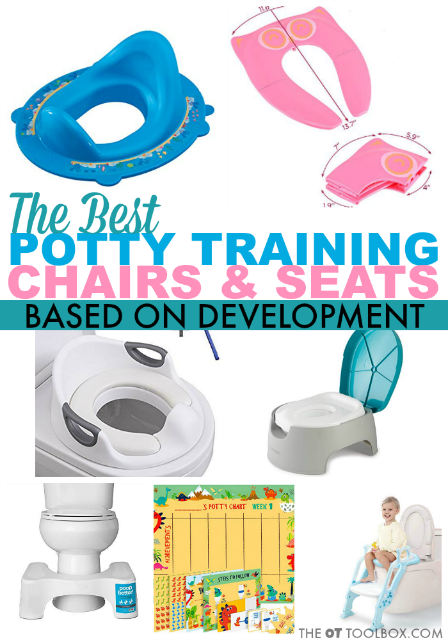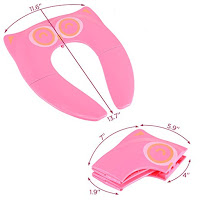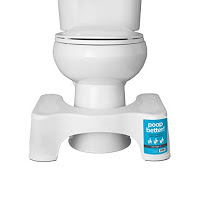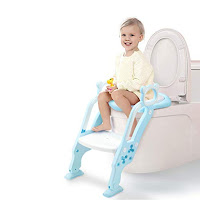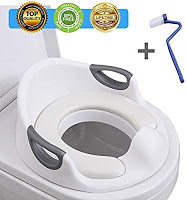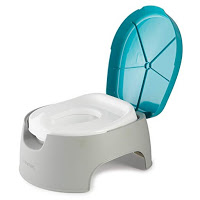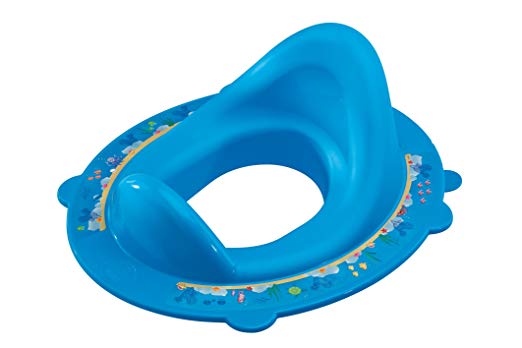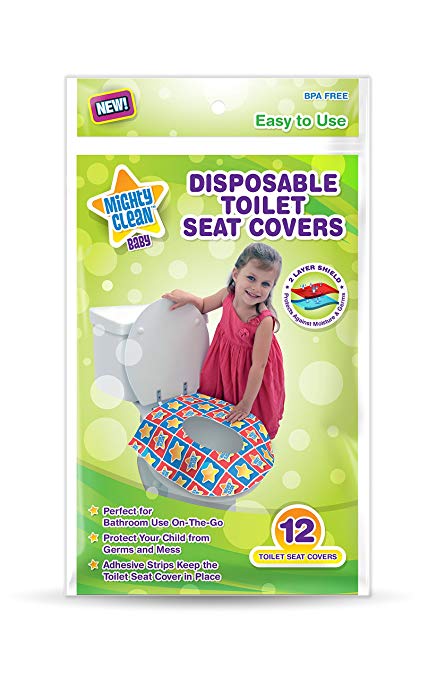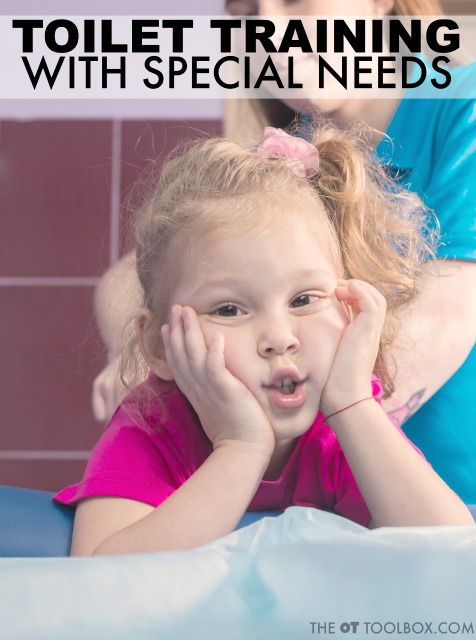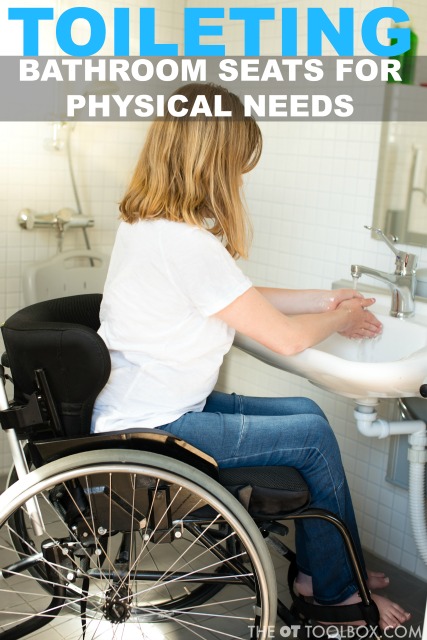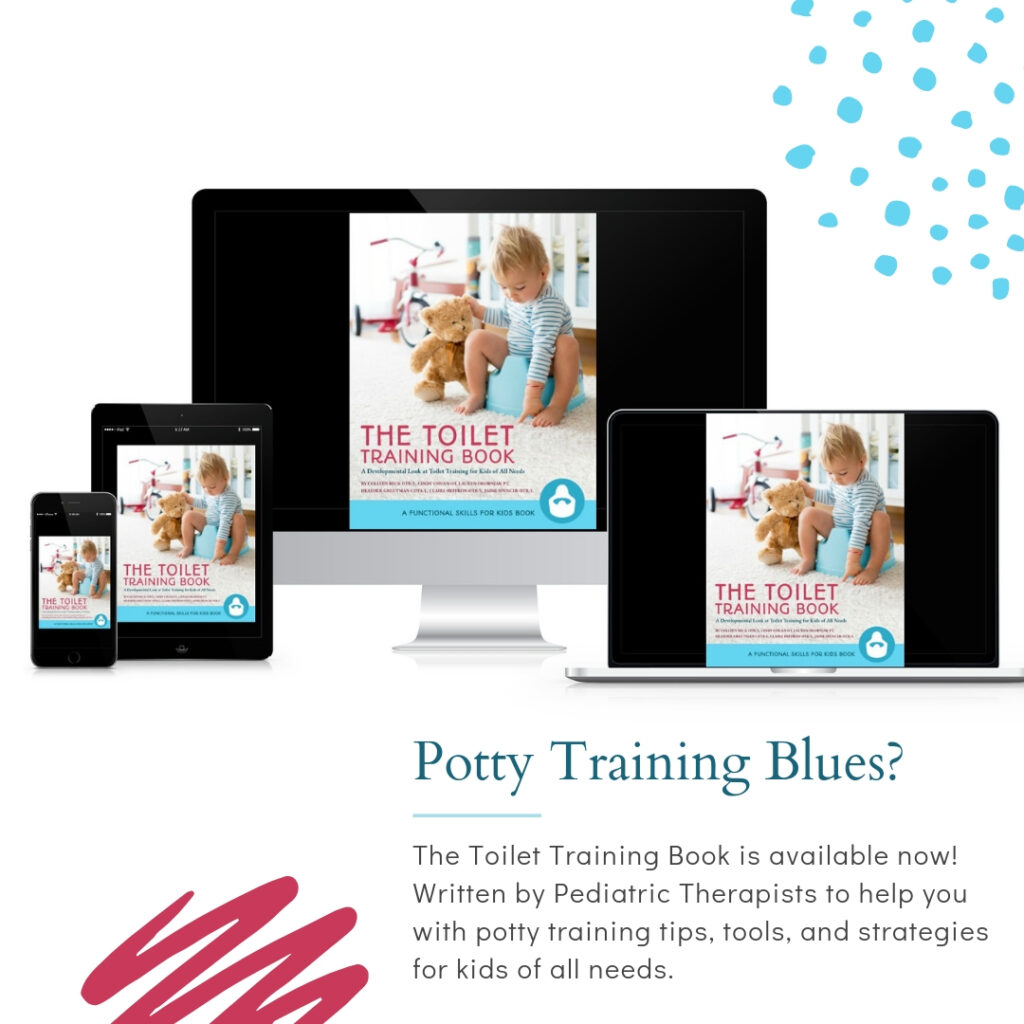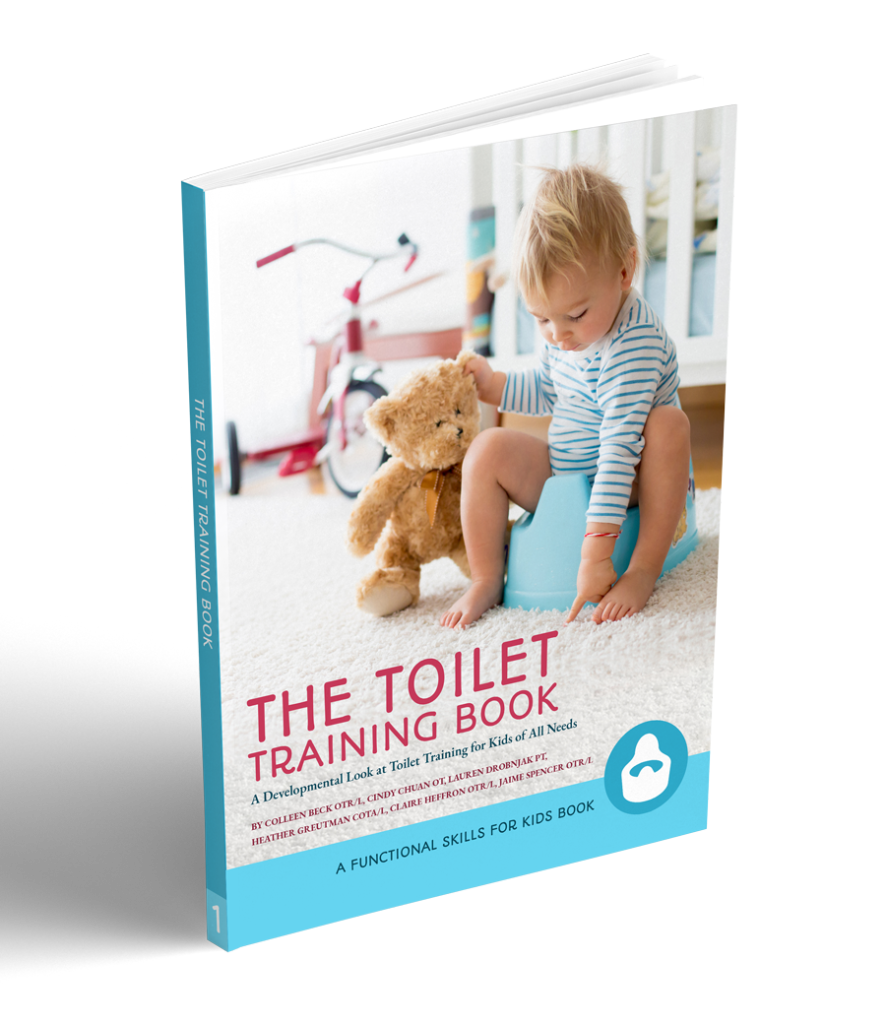If caregiver stress and burnout wasn’t a common condition prior to the Coronavirus shutdown of 2020, it certainly is now. During the height of the pandemic, people found themselves caring for their children (typical and with special needs), elderly parents, and spouses 24/7.
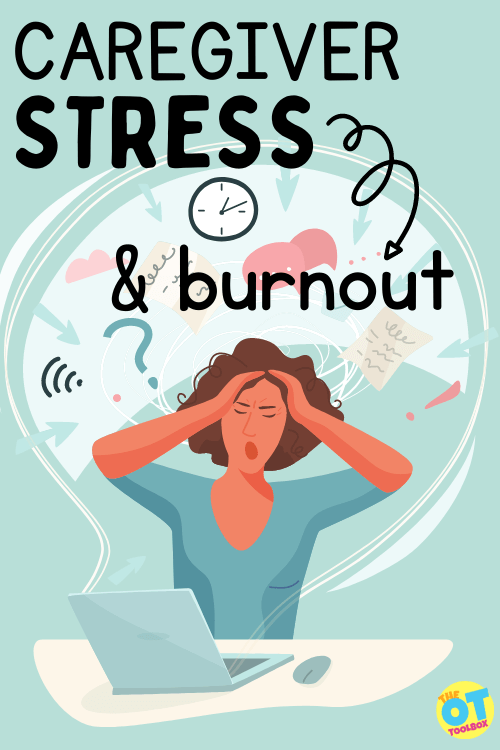
Prior to this life changing event, caregivers did not realize what a blessing school and daycare were, in terms of lifting some of the responsibilities and stressors for a few hours. During the shutdown in 2020, caregivers flocked to social media, and were incensed that they had to be the ones to teach their children at home, or provide circle time and socialization all day.
As a therapist and parent of grown daughters, I was frustrated by the comments from these angry parents. I wanted to exclaim, “this is YOUR child!” YOUR responsibility! I understand the toll caring for others takes on a person, however I never considered teachers to be a requirement, or a given; they were privileges and gifts.
Instead of unleashing fury about having to take care of your loved ones, let’s rewrite the narrative. How about, “this is hard, day after day. Their teachers must be miracle workers. Or, “I can’t understand how their daycare teachers manage this so well, I’m exhausted.”
caregiver stress and burnout
No matter what the narrative is or was, the end result is caregiver stress and burnout. Ron Ingbur, JD writes, “caregiver stress syndrome is a condition characterized by physical, mental and emotional exhaustion. It typically results from a person neglecting their own physical and emotional health because they are focused on caring for an ill, injured or disabled loved one”
Check out this article on caregiver stress. People were (and still are) blurring the boundaries between their roles, trying to do too much, not wanting to ask for help, and attempting to be perfect in this imperfect world.
The OT toolbox has a great post on family wellness and a research article on wellness that are good resources to have.
Professional Caregiver Burnout
Caregiver burnout and stress is not limited to families. Healthcare workers, daycare attendants, teachers, therapists, and many more adults take on the role of caregiver, often neglecting their own needs.
Professional caregiver burnout is a real thing.
As an Occupational Therapist (and a mom and wife) I hit a wall right before the pandemic took over. I tried changing jobs, reducing hours, decreasing my caseload, none of these relieved my symptoms. The pandemic was a blessing of sorts for me.
While it was not 100% solitude, (my husband and teenage stepson still roamed the house looking for food) it was eye opening to realize the change that was happening in my mental and physical health, by having a few months off of work to breathe and reflect.
The lesson I learned, (too late) was I should have taken better care of myself and my needs, before hitting a wall I could not recover from. Check out these self-care strategies for therapists.
A self-reflection journal for therapists can be a great tool to add to your own toolbox when battling professional caregiver burnout.
common signs of caregiver stress and burnout
Though everyone differs, the common signs of caregiver stress syndrome are:
- Changes in appetite, weight, or both
- Depression – feeling blue, hopeless, irritable, helpless, loss of interest in activities
- Withdrawal from friends and family – these are just one more added stressor
- Changes in sleep patterns – either sleeping too long due to exhaustion and burnout, or not getting enough sleep due to responsibilities and stress
- Getting sick more often – not only are caregivers exposed to more illness, their own immune systems are often compromised by their exhaustion and stress
- Negative thoughts of wanting to escape, hurt yourself, or the person you are caring for
- Emotional and physical exhaustion
- Anxiety – intrusive thoughts, obsessions, perseveration on beliefs and feelings
Caregivers find they snap at the ones they love, have nothing left to give when they come home, can not spread their attention across everyone in the family, or constantly feel they are failing.
caregiver burnout quiz
Think you might have caregiver burnout?
In addition to the emotional toll caregiving places on a person, there are physical manifestations as well. According to Igbur, 45% of caregivers reported chronic and possibly life threatening conditions, 58% of respondents said their eating habits were not the same as before, and 72% reported they did not go to the doctor as often as they should.
What about the little things? I see caregivers who have not had a hair cut, been to the dentist, or bought new clothes forever. One of my patient’s moms was wearing old shoes that were duct taped together, using a computer missing several keys (she is a writer, so this is kind of critical), because she put everyone else’s needs so far above her own.
Once you (or a loved one) recognize the symptoms or caregiver burnout, it is time to take action. Caregivers who feel they need to do it all, (I was one of them) are the most reluctant to get help. It is important for these caregivers to realize that they are not going to be of any help to anyone if they are lying in a hospital bed, dead, or having a nervous breakdown.
how to alleviate caregiver stress and burnout
- The first step is to take a break. While a two week vacation in the Bahamas is just what everyone needs, this is not always possible. Sometimes a break means twenty minutes of alone time in the bath, or a stroll through Target without anyone asking for anything. Seek assistance from friends, family members, neighbors, church members, groups, organizations, or professional respite care agencies. Caregivers do not need to leave the house while their respite carer, or other helper is in their home. They can take a nap, do some gardening, lie in the sun, watch Netflix, or whatever they find relaxing. Some of these respite care resources are voluntary, grant funded, or paid agencies.
- Next, lighten the load. What tasks or responsibilities do you have that someone else could easily do? Maybe someone else can clean the house, do the grocery shopping, pick up the other kids at school, take grandma for a stroll, or deliver meals. Don’t be too proud to share the workload.
- If you are working outside of the home, talk to your employer about your options. Maybe you can flex your hours to include a little downtime, take family medical leave if necessary, or cut down work hours. People are often afraid to ask their bosses for fear of being laid off. To reiterate, if you are so overworked you end up in the hospital, or deceased, your job won’t matter.
- Once a little time has been freed, take care of yourself. Go to the doctor, visit the dentist, talk to a therapist, join a support group, reconnect with friends, get your hair colored, get some rest, exercise, meditate, color, take a bath, or whatever you have been neglecting while caring for others.
Whether you are a parent, child, healthcare worker, teacher, spouse, or other caregiver, make sure your entire tribe knows what responsibilities you have. Let your child’s OT know you only have about 15 minutes to spare each day to work on their home program. Talk to their teacher about what amount of homework you and your child can get done each week. Have a discussion with your coworkers about dividing the workload more evenly, and speak to your friends and family so they understand what you should/not take on, and how they can help.
control what you can
In a caregiver role, there are many things out of your control. As a teacher you may not be able to control the number of students in your class, but you could streamline your day to be more efficient, or get a housekeeper and a cook to lessen the load when you get home. You may not be able to decrease your hours at work, but you can make the most of your lunch time by going outside for a walk, eating a yummy snack, taking a nap, or catching up with a friend. Parents may not be able to send their children to school or afford daycare, but they may be able to swap babysitting hours with a friend, join a meal sharing group, or create a playgroup, where there is emotional support as a group while the children play.
Caregiver stress and burnout is huge. Not just because of the Coronavirus. Adults are living longer, possibly needing more care from their children. There is an increase of children who have special needs requiring extra care, therapies, and appointments. People are taking on multiple rolesk while juggling a busy job and household. Overscheduling and committing are becoming the norm.
The hardest step to alleviating caregiver stress and burnout
While the first step is recognizing the problem, the HARDEST step is doing something about it. It takes a lot of swallowing your pride, compromising, and feeling the agony of defeat, to ask for help. Caregivers will find it tough to watch someone clean their house while they take a bubble bath or rest. Some with find it even more difficult to let a respite care worker take care of their loved one, while they head out to the movies.
This article has some great resources and websites to learn about and combat caregiver stress.
You will thank yourself later. While I love the job I landed in, I can’t help but wonder what path my career might have taken if I had recognized the burnout sooner, and done something about it. Now that my girls are grown, I constantly reflect on my parenting with doubt and angst, thinking I might have been more patient if I had taken that nap.
Victoria Wood, OTR/L

Victoria Wood, OTR/L is a contributor to The OT Toolbox and has been providing Occupational Therapy treatment in pediatrics for more than 25 years. She has practiced in hospital settings (inpatient, outpatient, NICU, PICU), school systems, and outpatient clinics in several states. She has treated hundreds of children with various sensory processing dysfunction in the areas of behavior, gross/fine motor skills, social skills and self-care. Ms. Wood has also been a featured speaker at seminars, webinars, and school staff development training. She is the author of Seeing your Home and Community with Sensory Eyes.
*The term, “learner” is used throughout this post for readability, however this information is relevant for students, patients, clients, children of all ages and stages or whomever could benefit from these resources. The term “they” is used instead of he/she to be inclusive.


